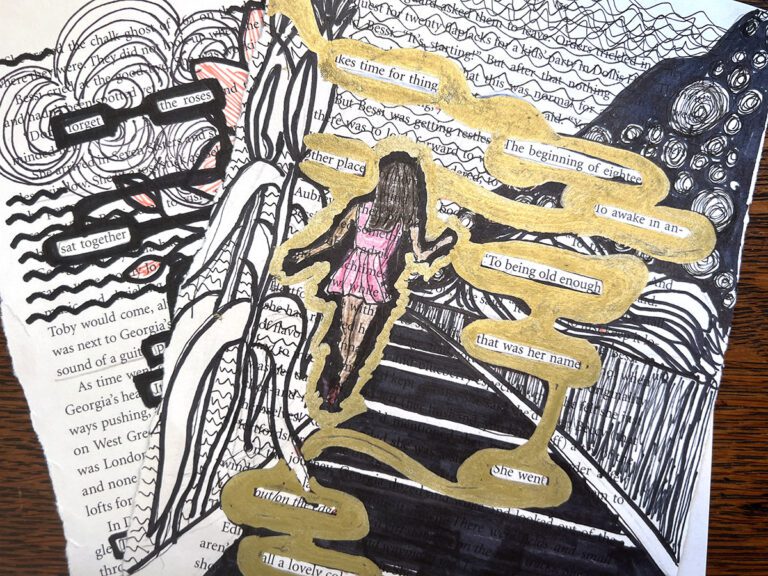I’m going to give you a choice. You’re about to walk into a room full of adolescents and introduce the topic of art history. Some students are texting their friends, others are listening to their iPods, and none of them had a good night’s sleep. Before you enter, you can pick up one of two books, each full of art history information. There is a summary taped to the cover describing what each book contains.
The first summary reads:
“A wonderful introduction into the world of art history. Learn about Michelangelo and the Sistine Ceiling, the Baroque paintings of Caravaggio and the brush work of Van Gogh.”
The second summary reads:
“Which artist had such bad BO his assistants didn’t want to work with him? Who stabbed a man in the groin over a tennis bet? Which artist sometimes snacked on his own paint? Learn these secretes and more!”
You take one more look into the room before entering. A student has his head down on the desk and you think you hear snoring. You can only grab one book.
Which one do you choose?
Secret Lives of Great Artists: What Your Teachers Never Told You About Master Painters and Sculptors is a fun book packed full of crazy tales from the lives of the artists we share most often with our students. Instead of telling the hohum, dreary stories that make it hard for our students to keep their eyes open, this book reveals anecdote after anecdote that will have your students on the edges of their seats.
Did you know Pablo Picasso did jail time for ripping off several statues from the Louvre? That Gabriel Dante Rossetti’s favorite pet was a wombat that slept on his dining room table? That Salvador Dalí concocted a perfume from dung to attract the attention of his future wife? This book has dirt on artists from Jan Van Eyck to Andy Warhol.
Each chapter, based on an artist, opens with an illustrated page containing a list of facts. Some of these facts are frivolous, such as the artist’s astrological sign, some are serious, like the artist’s preferred medium, but all are entertaining. Other illustrations in the book reenact comical situations that may or may not have happened, like Leonardo drawing eyebrows on the actual Mona Lisa as she poses for her painting.
When introducing art history, it might seem hard to compete with the world’s ever growing fascination with such things as reality TV shows. That’s because truth is more interesting than fiction. Luckily for us, the facts of art history are also more interesting than fiction. All we need is a book like Secret Lives of Great Artists to make that clear. If you’re are looking for a fun, yet factual way to entice your students, I recommend you give this book a look.
{image source}
Have you read Secret Lives of Great Artists? What did you think?
What books do you use to introduce older students to art history?
Magazine articles and podcasts are opinions of professional education contributors and do not necessarily represent the position of the Art of Education University (AOEU) or its academic offerings. Contributors use terms in the way they are most often talked about in the scope of their educational experiences.





